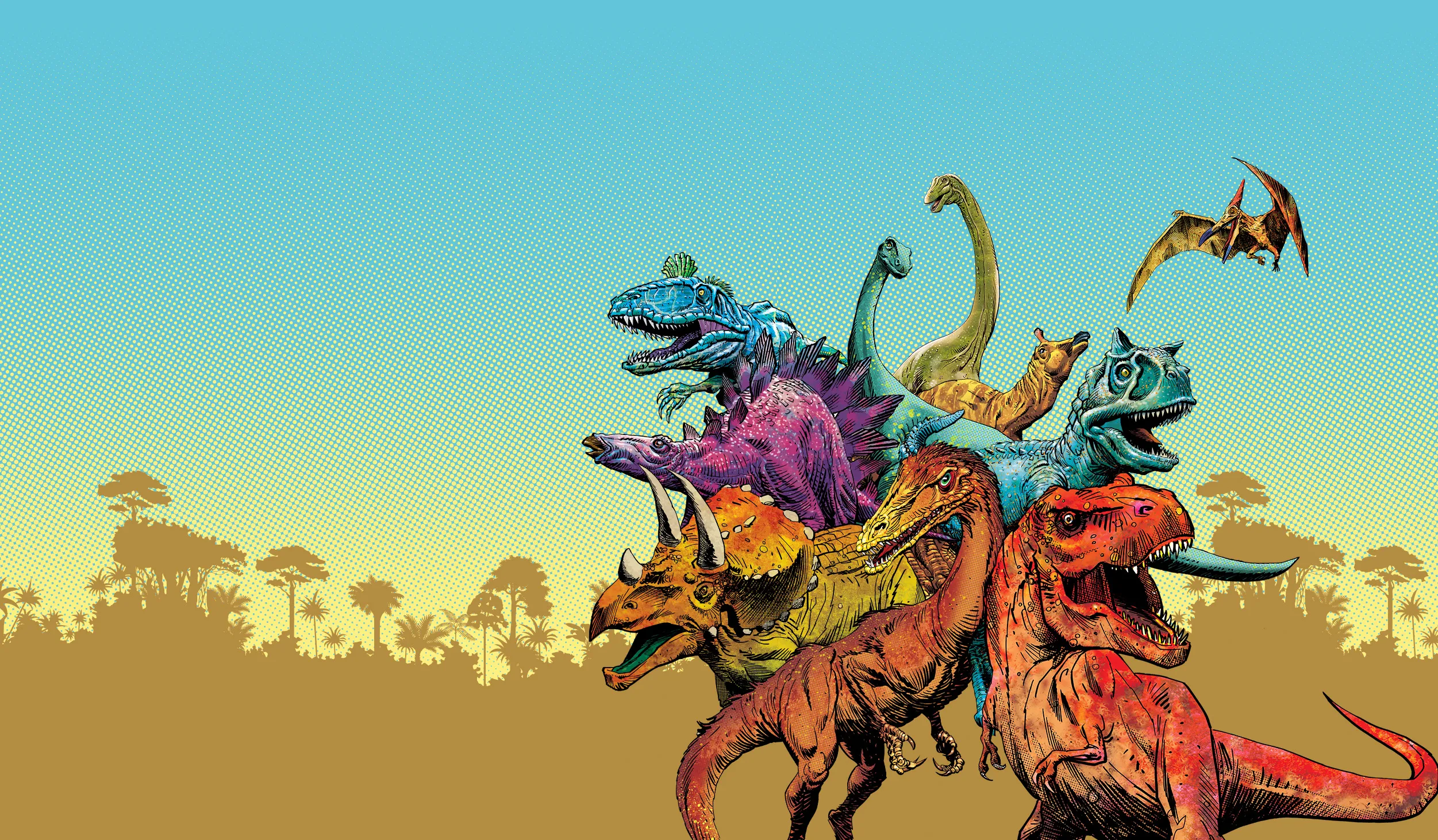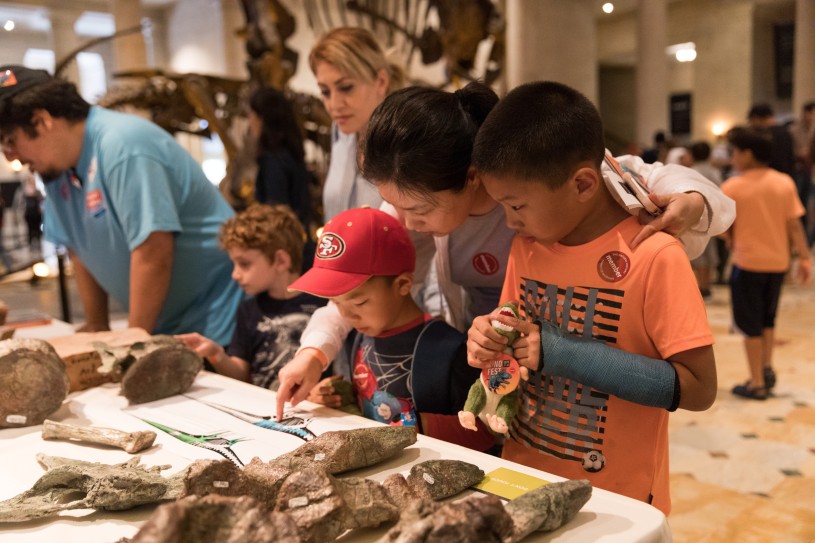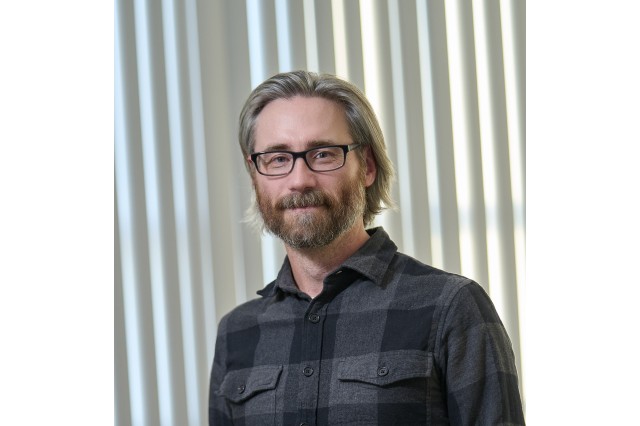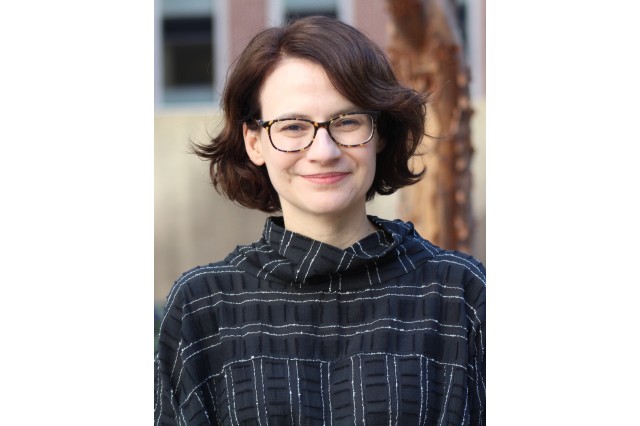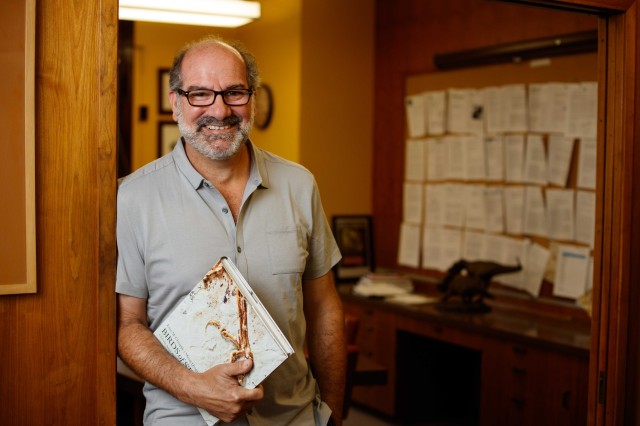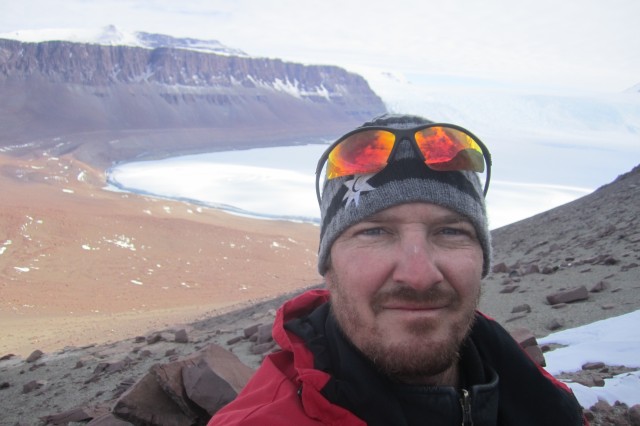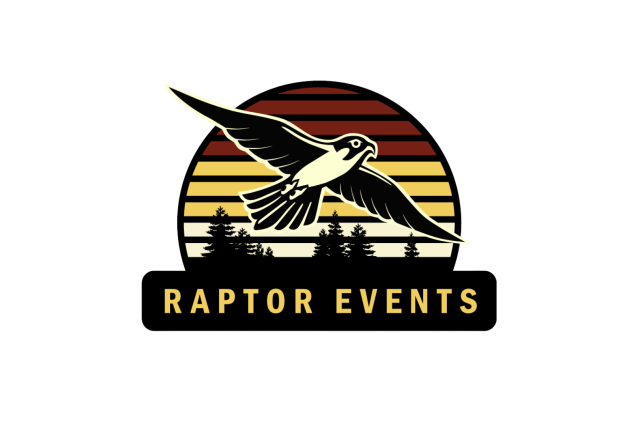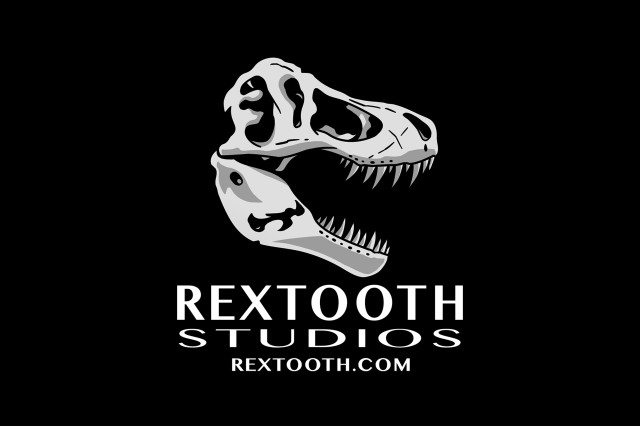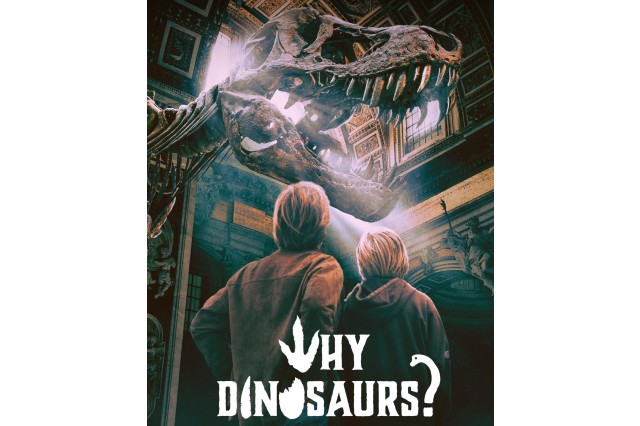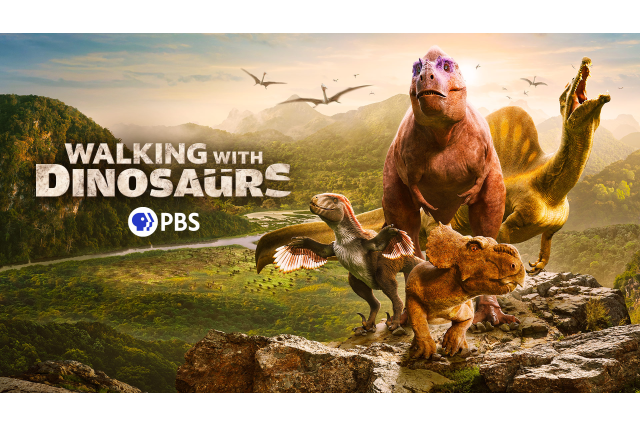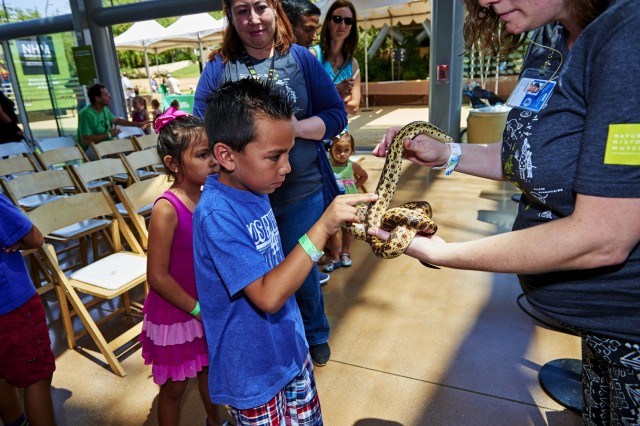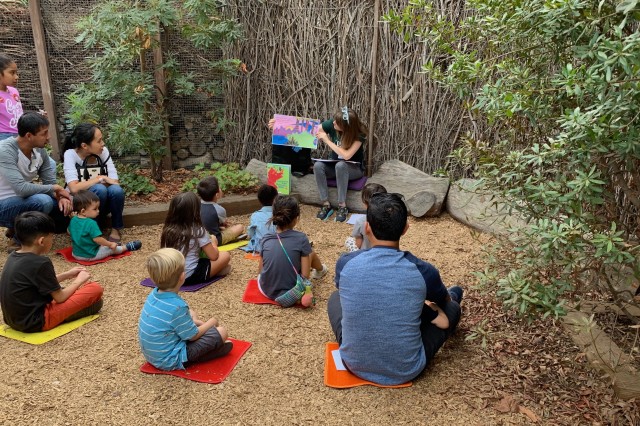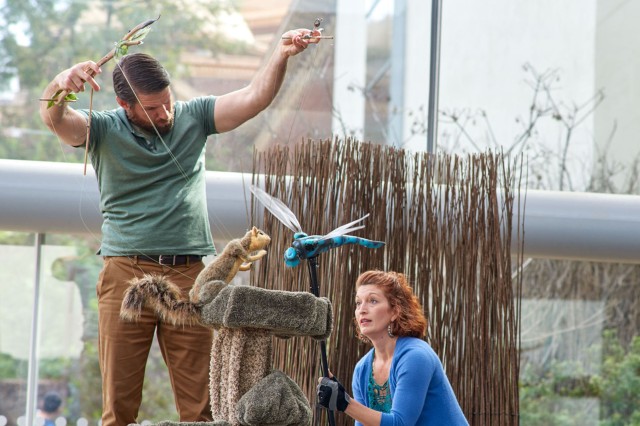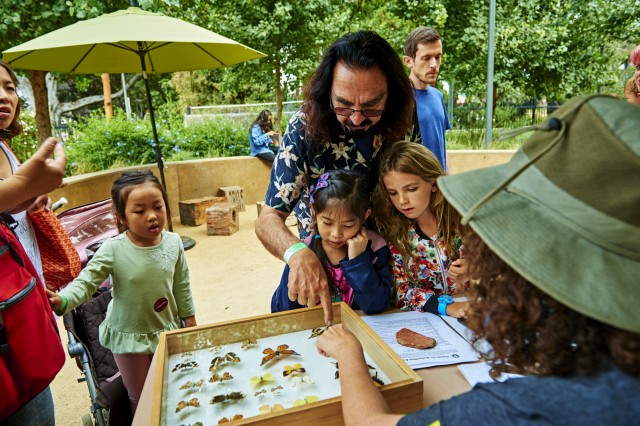Dino Fest 2025
Date
Sunday, September 14, 2025 | 10 am–5 pm
Location
Tickets
Dino Fest tickets are now sold out
Free with paid Museum admission and to Members
Advance reservations recommended
Members receive exclusive access from 9–10 am. Join today!
On Sunday, September 14, come out and RAWR with us as we celebrate the 10th annual Dino Fest! Discover the amazing world of dinosaurs, their prehistoric past, and the science that brings their world back to life. Meet world-renowned paleontologists from the Museum's Dinosaur Institute and beyond. See unique Cretaceous era fossil collections and learn about dinosaurs’ living descendants, birds! You don’t want to miss this event that is millions of years in the making!
- See rare specimens from our Museum’s collections
- Explore our world-renowned Dinosaur Hall, including our T. rex growth series
- Visit L.A. Underwater and discover how ancient Los Angeles was once beneath the waves of the Pacific Ocean
- Enjoy free screenings of the film Why Dinosaurs? and an episode of PBS's Walking with Dinosaurs (seating available on a first come, first served basis)
- Participate in hands-on activities
- Shop for dinosaur-inspired merchandise
- Get curious with a LEGO® Build the Change activity
- And so much more!
#NHMLA #DinoFest
Dino Fest 2025 Exhibitors
On view from 9 am–5 pm
Schedule of Events
Ongoing from 9 am–5 pm
- Welcome Tables: Located in the Grand Foyer and Nature Gardens. Great location for all Dino Fest info!
- Activity–Coloring Station: Located in the African Mammal Hall.
- Activity–Dino Masks: Located in the African Mammal Hall.
- Gnatalie Step and Repeat: Located in the Otis Booth Pavilion, level 1.
- Lil’ Libros Activity Station: Located in the Nature Gardens.
- First Aid station: Located on the Ground level.
- Quiet Zone: Located in the North American Mammal Hall, level 2.
Commons Theater
10:30 am & 11:30 am | T. REX 3D Film *Additional paid admission is required.
Don't miss this captivating science adventure celebrating the greatest of all tyrants!
1 pm | Screening: Why Dinosaurs? *Free with Dino Fest admission. Seating available on a first come, first served basis.
A dinosaur-obsessed teen and his filmmaker father travel the world interviewing paleontologists about the latest research, digging up 150-million-year-old bones, and meeting dino fanatics of all walks of life. Stick around after the screening to meet the filmmaker and NHM paleontologists in the Theater Lobby! (Film run time: 77 minutes)
4 pm | Screening: PBS's Walking with Dinosaurs – “The Orphan” *Free with Dino Fest admission. Seating available on a first come, first served basis.
An orphaned baby Triceratops must outwit a deadly T. rex. Today, paleontologists are uncovering her remains and use stunning VFX to bring her story vividly to life. (Film run time: 53 minutes)
Stage Presentations
*Live Spanish translation will be provided by NewVoice Interpreting. Available on a first come, first served basis.
11 am | Paleo Chat
Curious about paleontology? Meet some of NHM’s real life paleontologists and learn about their journey into the field.
12:30 pm | Plaster Jacketing Fossil Demo
See how the Dino Institute staff bring back fossils from the field. *¡Great for kids!
1:30 pm | Prehistoric Fight Night
It’s the question on the mind of every kid (and a lot of grown-ups) when they visit a museum and gaze upon the remains of ancient monsters; who would win in a fight?! We all have our ideas, but find out who the experts would put their money on. *¡Great for kids!
3 pm | Who Outlived the Dinosaurs?
Meet the living descendants of asteroid-proof animals, and discover how they survived Earth’s biggest disaster! *¡Great for kids!
Digging Deeper Dino Discussions
*ASL interpretation will be provided for discussions.
12 pm | Evolutionary Insights from Paravian Dinosaurs
Dr. Turner will discuss his work on a group of theropod dinosaurs known as Paraves. This group includes iconic dinosaurs like Velociraptor as well as birds and their earliest relatives. He will highlight how discoveries from Madagascar offer insights into the transition to birds.
2:30 pm | The Evolution of the Bird Brain and the Origins of Flight
In more than 500 million years of vertebrate evolution, powered flight is only known to have evolved three times – in bats, pterosaurs, and of course in birds. This talk explores the Mesozoic origin of avian flight from the perspective of the dinosaurian brain.
Timed Programs
9:30 am–12:30 pm | LEGO® Build the Change: Saving Today’s Dinosaurs
Would you like to help save today’s dinosaurs? We have the power to make change for our planet and the creatures we share it with. Use your imagination, creativity, and LEGO to build solutions that help birds thrive! *¡Great for kids!
10:30 am–12 pm & 3–4:30 pm | Book Signing with Ted Rechlin from Rextooth Studios!
Ted is an award-winning graphic-novelist, animator, film-maker and science communicator. He founded Rextooth Studios so he could share his passion for all things natural history and science education.
11:30 am | Storytime: My First 100 Dino Words
Join author Emma Garcia and journey back to prehistoric times as we bridge two languages to meet the creatures that roamed our Earth millions and millions of years ago. *¡Great for kids!
12 pm & 2pm | Flight Demos
Watch a live bird fly through the sky with our friends from Raptor Events LLC!
1–5 pm | Screenprinting Activity
Create a dinosaur-inspired screenprinted tote bag with our friends from Nova Community Arts.
Keep an eye out for…
Dinosaur Walkabouts
Meet NHM puppets Hunter, Dakota and friends! *¡Great for kids!
